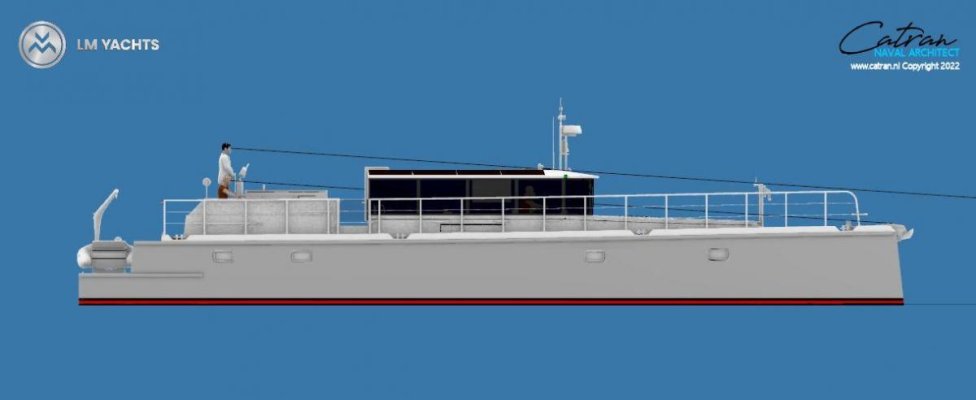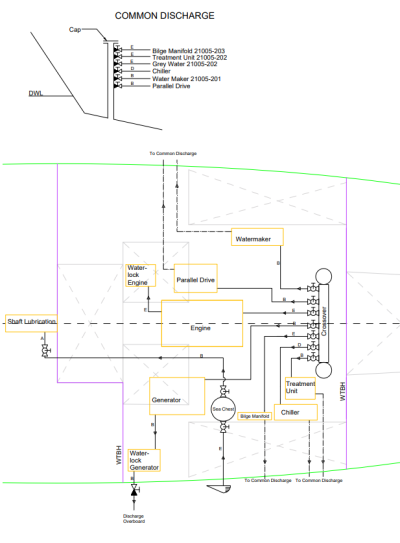Thanks for sharing, y'all.
NA is keeping a close eye on weight distribution and trim levels, both at full fuel capacity and (near) empty.
Yeah, we spoke extensively with Euwe and Jildou of KMYachts as well. Their Bestevaer series is a nice off-shore cruiser, but not a true long range vessel. Lovely build quality. Pretty fast. Nice, understated, almost Scandinavian interior and exterior, that I love. But - again - with a semi-planing hull, compromising sea handling at lower speeds and eating away at long range.
Also, now that I think of it, both the Korvet and the LM had another thing I didn't like. I know it is a personal thing, and many may see it different, but I'll share it anyhow: visibility from the inside steering position.
In the case of the LM aft sight lines were pretty good, but forward felt limited. Difficult to view over the the bow, looking forward. I really don't like that. Korvet was a bit hampered looking back and either the seats were too high or the roof too low, but I couldn't look left or right, out of the windows, without lowering myself. And I am just 6 feet (most Dutch men are 2 inches taller).
I bring this up, because it made me realize something I want and need in my cars and in my boats as well. Good visibility all around. Now, again, I don't mean this as criticism. Just me sharing my preferences and what I think is important. I sorta see myself looking outside of those windows for the bigger part of the day. And if it annoys me after a short one hour visit, imagine how it will haunt me on longer passages ...
JWellington, thanks for the kudo's and for your interest in our project! If you want to learn more, don't hesitate to reach out. And I think that the Hammerhead is neither ugly, nor slow ...

Regards, Edwin.





